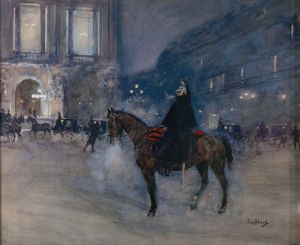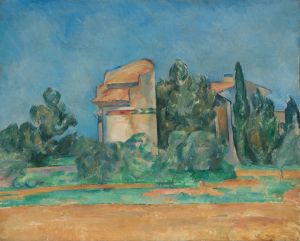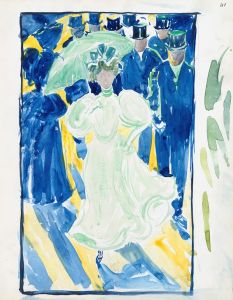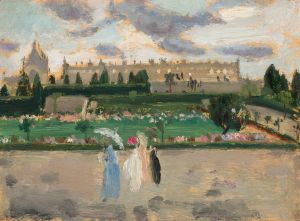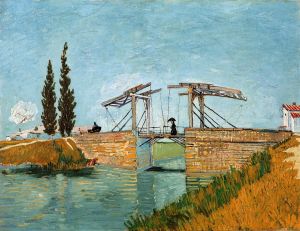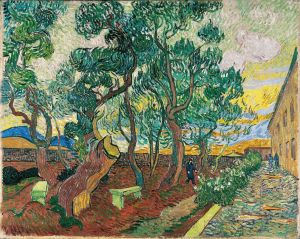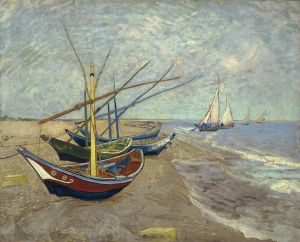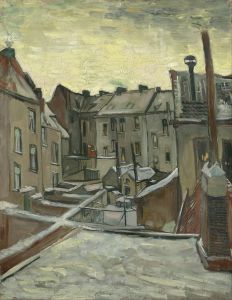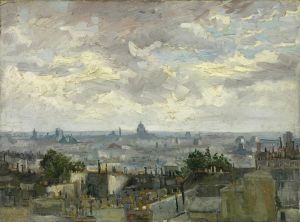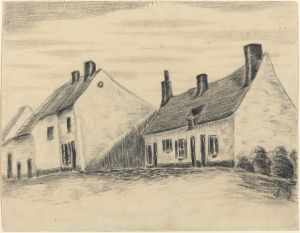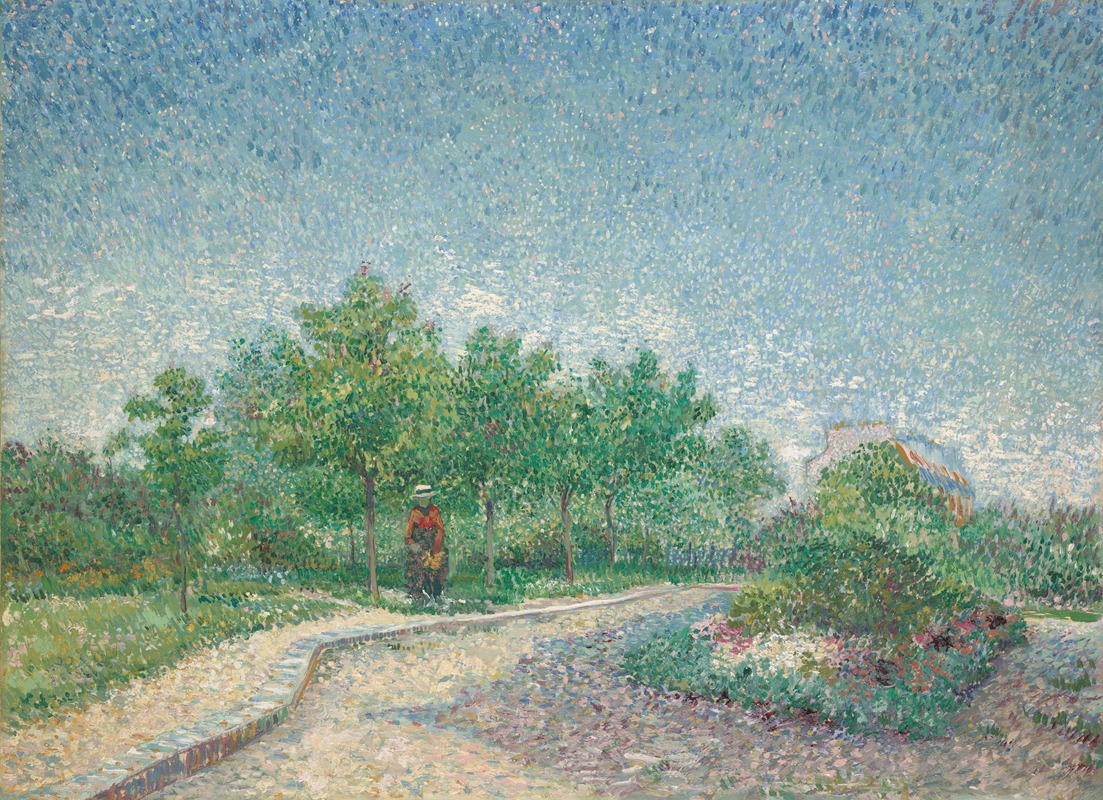
Square Saint-Pierre, Paris
A hand-painted replica of Vincent van Gogh’s masterpiece Square Saint-Pierre, Paris, meticulously crafted by professional artists to capture the true essence of the original. Each piece is created with museum-quality canvas and rare mineral pigments, carefully painted by experienced artists with delicate brushstrokes and rich, layered colors to perfectly recreate the texture of the original artwork. Unlike machine-printed reproductions, this hand-painted version brings the painting to life, infused with the artist’s emotions and skill in every stroke. Whether for personal collection or home decoration, it instantly elevates the artistic atmosphere of any space.
Vincent van Gogh's painting Square Saint-Pierre, Paris is a work created during the artist's time in Paris between 1886 and 1888. This period marked a significant transformation in van Gogh's artistic style, as he was exposed to new influences, including Impressionism and Neo-Impressionism, while living in the French capital. The painting depicts Square Saint-Pierre, a public square located in the Montmartre district of Paris, near the Basilica of Sacré-Cœur.
Van Gogh moved to Paris in early 1886 to live with his brother, Theo van Gogh, who was an art dealer. During his stay, van Gogh immersed himself in the vibrant art scene of the city, meeting and interacting with contemporary artists such as Paul Gauguin, Émile Bernard, and Henri de Toulouse-Lautrec. This exposure led him to experiment with lighter color palettes, looser brushwork, and new compositional techniques, which are evident in his works from this period.
In Square Saint-Pierre, Paris, van Gogh captures the essence of the urban park with a combination of natural and architectural elements. The painting showcases the greenery of the square, with trees and pathways, as well as the surrounding urban environment. The brushstrokes are dynamic and expressive, reflecting van Gogh's evolving style and his interest in capturing the atmosphere of the scene. The use of lighter tones and a more varied palette demonstrates the influence of Impressionist techniques, which van Gogh adapted to suit his own artistic vision.
The Montmartre district, where Square Saint-Pierre is located, was a hub of artistic activity during the late 19th century. It was known for its bohemian lifestyle and its appeal to artists seeking inspiration from both the urban and rural aspects of the area. Van Gogh painted several scenes of Montmartre during his time in Paris, often focusing on its gardens, windmills, and streets.
Square Saint-Pierre, Paris is part of a broader body of work that reflects van Gogh's exploration of Parisian life and landscapes. While the painting is not as widely recognized as some of his later works, it provides valuable insight into his artistic development during this formative period. Today, the painting is appreciated as an example of van Gogh's transition from his earlier, darker works to the brighter and more experimental style that would define his later masterpieces.
The exact location of the painting within van Gogh's oeuvre and its current ownership or display status may vary, as details about specific works from this period are sometimes difficult to ascertain. However, it remains an important piece in understanding van Gogh's artistic journey and his time in Paris.





